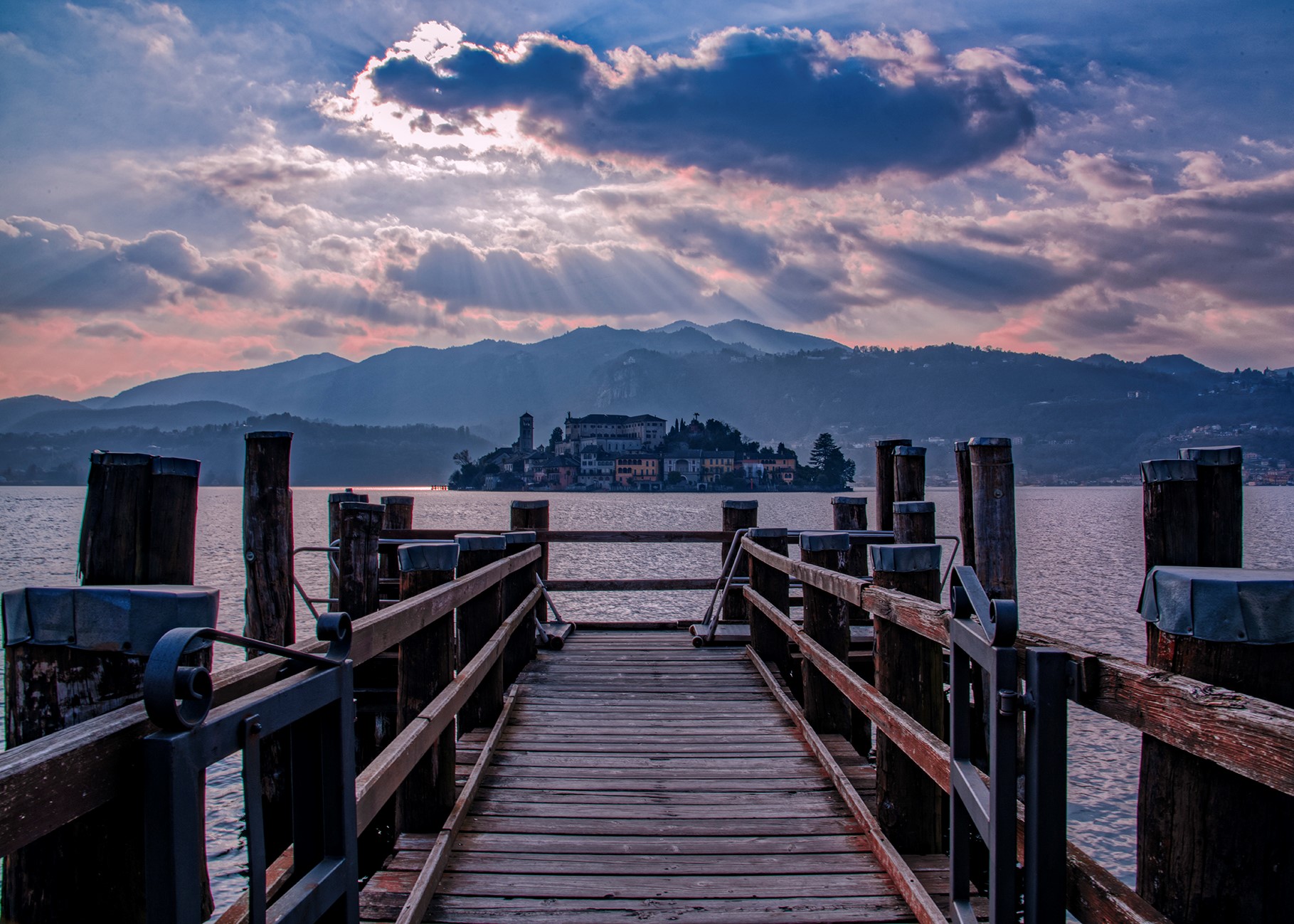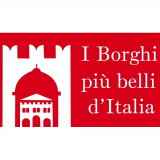
 I borghi più belli d'Italia
I borghi più belli d'Italia
Italian little Italies: Orta San Giulio, God's watercolor
- WTI Magazine #156 Oct 22, 2022
-

 I borghi più belli d'Italia
I borghi più belli d'Italia
Arriving from Gozzano, the lakefront that heralds Orta is full of 19th-century neoclassical mansions with gardens blooming with azaleas and camellias. One enters the village among elegant seventeenth- and eighteenth-century mansions with open loggias on the gardens sloping down to the lake. Piazza Motta is a living room enclosed on three sides by porticoes, in the shade of which small stores thrive while café terraces push their tables out to lap the water.
The eye is immediately caught by the sharp lines of a Renaissance building, the Palazzo della Comunità della Riviera (1582), a symbol of the long self-government that characterized this community. Continuing along Via Olina, one encounters Casa Olina, the 1602 hospital and, at the junction with a small slope, Casa Monti Caldara (17th century) with beautiful wrought-iron balconies, an element found in many houses in the village. Just beyond is the 17th-century Casa Bossi, now the town hall, with the entrance opening onto a garden that ends at the lake.
Further on rise the Oratory of San Rocco (1631), several eighteenth- and nineteenth-century mansions (Casa Gippini, Casa Tosi, the Durio and Motta villas), and Via Bersani, full of medieval views.
The Motta salita has on its right side the 15th-century House known as Casa dei Nani because there are four small windows above the wooden lintel, and almost opposite, another ancient 16th-century dwelling; on the left, the Palazzo De Fortis Penotti with its beautiful neoclassical facade, and on the right, the late Renaissance Palazzo Gemelli. The culmination of the climb is the Church of Santa Maria Assunta, built in 1485, whose present appearance reveals an 18th-century adaptation; the portal of Oria stone with capitals with floral motifs and animal figures is stupendous. Skirting the walls of the Gemelli palace, we set off up the slope leading to the cemetery of San Quirico and then to Sacro Monte.
Last stop, the Island of San Giulio, which rises about 400 m from the shore. Seen from the lake, the high bell tower of the basilica, the gardens, and the neat little houses seem to form an enchanted palace rising lonely among the ruins of the castle. Much of the island's area is occupied by the seminary (1844). The basilica has undergone modifications at different times. On the site of the primitive church founded by St. Julius in 390, another church was built in the year 800, later damaged in the 10th century. The main apse remains from this ancient structure, while the naves were built in the 10th and 11th centuries. Dating from the early 12th century is the magnificent ambo, made of carved local stone (the same as the portal of the parish church) and considered one of the finest examples of Romanesque art in Italy. The four columns, different from each other, support parapets decorated with a dense pattern of sculptures. Finally, the frescoes (14th-16th centuries) are worth admiring. Leaving the church, a road runs in a loop around the whole island. Toward the lake the ancient houses of the canons, now private residences.
The name
The Latin name of lake Maggiore was Cusius, it was modified during the medieval period in “Lago di San Giulio” (the lake dedicated to S. Julius). The name Orta is a modification of the Latin hortus conclusus.